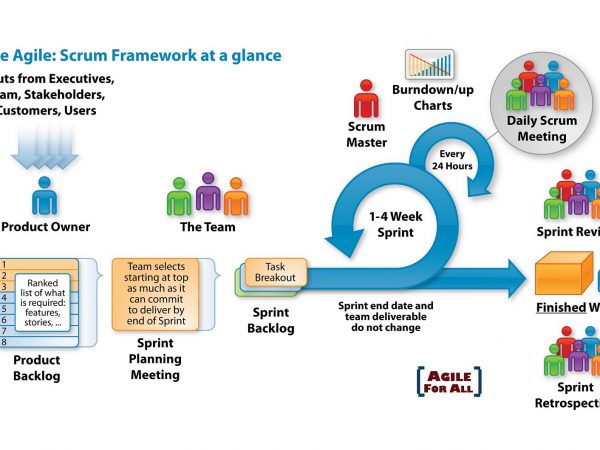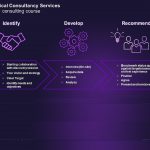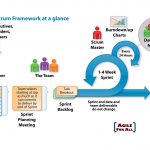Consider Your Company’s Needs
Establishing your business requirements is the first and most crucial stage. Before selecting a technology, you should evaluate your current setup and identify suitable improvements. Making informed selections will help you project the solutions based on the inefficiencies in your current environment.
Pick Scalable Solutions
Once you know the business requirements, it’s time to opt for the available technologies. This is where you need to conduct thorough market research to identify the target audience for your technology.
You must choose technologies that are easy to scale whenever required, especially being a start-up with a limited budget. Initially, it can take time to visualize which technology will work best for you in the future. But it’s essential to go for solutions that replace manual processes and scale up your business.
Find Skilled Talent
While choosing technology, it’s essential to consider the technical skillset of your team to avoid making wrong decisions. Strategizing and conducting a fair assessment of skills that matches your team’s skill set is necessary. This will make your decision easier before adopting the new technology.
Cost also has a keen role to play in this particular tip. If you have knowledge of a specific technology and it meets your business requirements, then go for it without a second thought.
Analyze Costs
Before choosing technology, it’s crucial to understand your business model and overall development cost analysis. Planning to acquire new technology will help you save time and money. There are strong chances that scalable solutions you consider require additional resources, resulting in the scalability of the budget.
“Success is not the key to happiness. Happiness is the key to success. If you love what you are doing, you will be successful.”Albert Schweitzer
Look for Open-Source Solutions
Considering open-source solutions that resonate with your business will allow for innovative ideas and customizable options. It will eliminate the need to build everything from scratch. This also helps you stay loyal to your financial investment model due to lower costs and a hassle-free approach.
For example, WordPress is one of the most used open-source content management systems, especially if you’re in the MVP development stage for your start-up. It comes with thousands of pre-built templates and website designs that fit your business, website, or online store.





